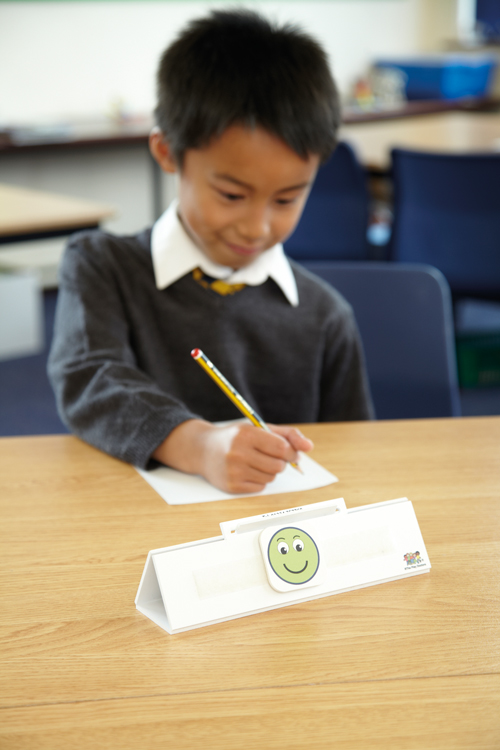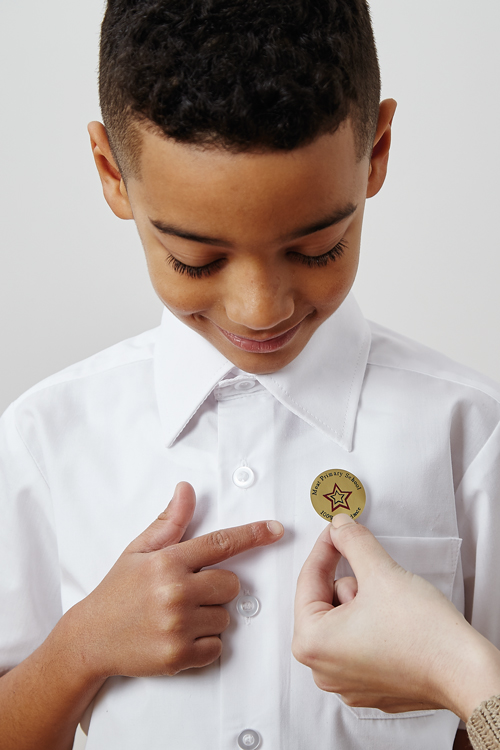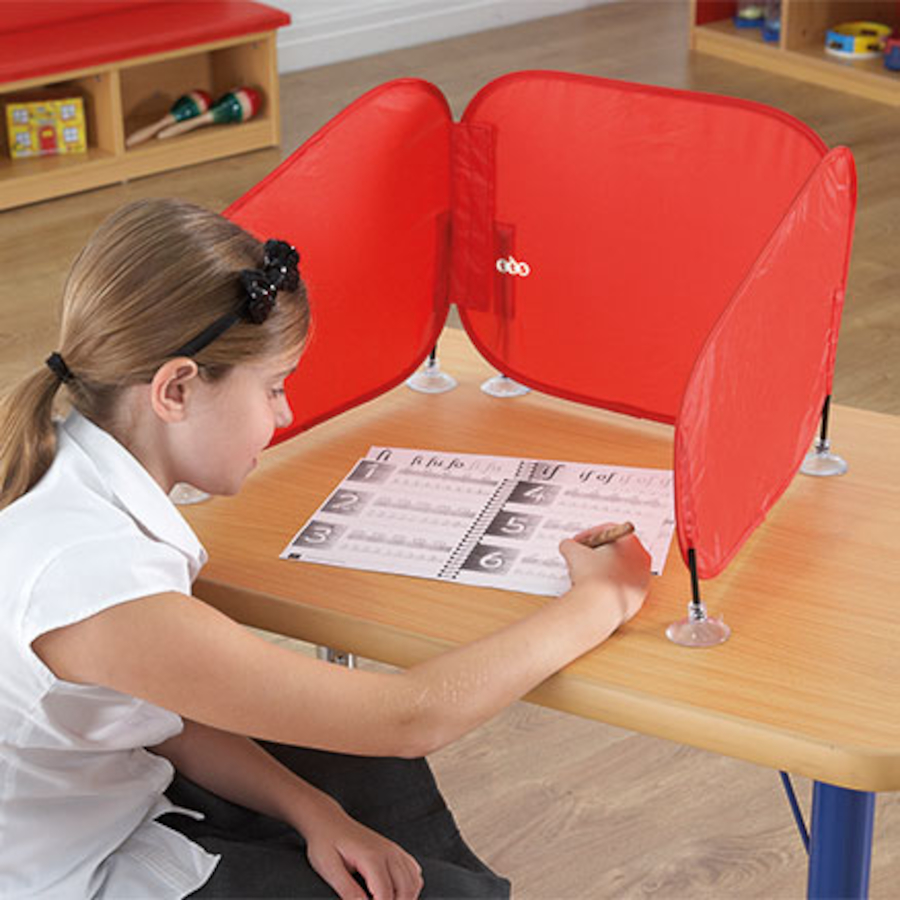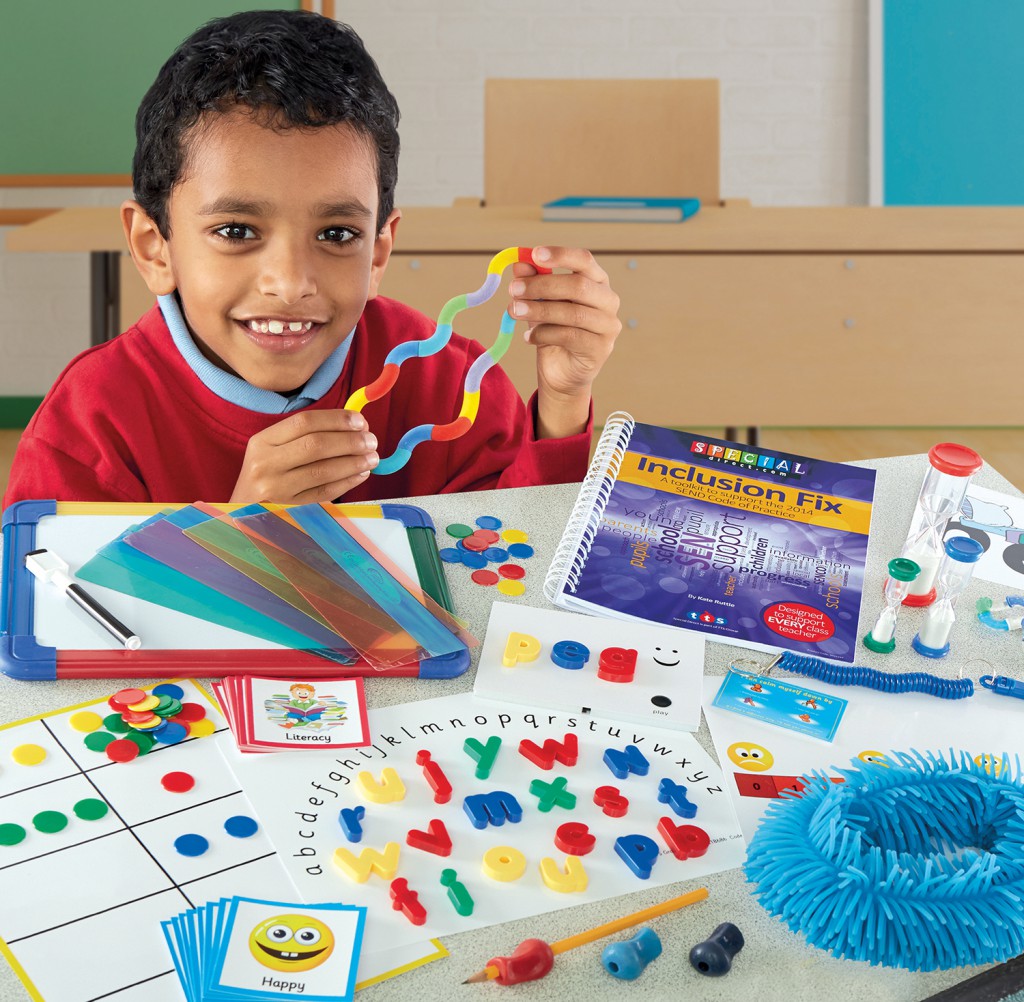Autism is a spectrum condition which means that, while all people with autism share certain difficulties, their condition will affect them in different ways. Asperger syndrome is a form of autism. People with Asperger syndrome are often of average or above intelligence. They tend to have fewer problems with speech but may still have difficulties with understanding and processing language. Since 2013, doctors are increasingly unlikely to diagnose Asperger syndrome because there has been confusion about where autism ends and Asperger begins.
Here are our top 10 tips to help you support children with Autism in your learning environment.
1. Create a regular and structured classroom.
- Use visual timetables for the whole class and give the child their own personal one.
- Use a Now/Next card together with visual timetable symbols to show the child what they are going to do now and what they can do next. This can be used for children who are not yet ready for a visual timetable. Alternatively, use the Now/Next card as a negotiating tool: if the child knows what you want them to do now, they can choose what they do next. Don’t use both of these options at the same time, though, or you may risk confusing the child.
- Use timers to show how long an activity will last.
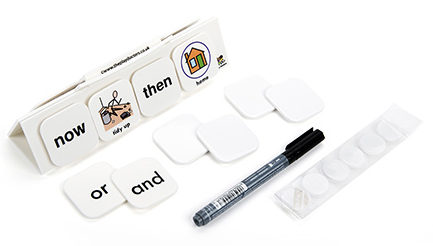 2. Plan for breaks and unstructured times.
2. Plan for breaks and unstructured times.
- Provide alternatives to playtimes, such as computer club, LEGO Club, card collector club or comic club.
- Use choice boards to discuss options at playtimes. A choice board is simply a selection of images (or words if the children can read) which tell children what they can do, this allows them to plan their playtime.
- Ask nominated children to provide a friendship group on each day.
3. Use visual cues.
- As well as visual timetables, use visual cues to support simple instructions such as ‘Stop’, ‘No’ and ‘You choose’ for young children. Keep these handy on the keyring provided in the Inclusion Fix Toolkit
- Make visual lists of equipment needed.
- Use colour coding for sets of books (matched to a colour on the timetable) for older children.
- Show as well as tell.
- Add visual support to all of your lessons.
4. Establish expectations for behaviour.
- Ensure they are achievable and realistic.
- Make sure the child understands what they have to do.
- Use reward strategies and personalised motivators.
- Be consistent when dealing with challenging behaviour.
- Introduce sensory breaks. Let the child use the sensory break card from the kit to leave the room when they feel overwhelmed and keep it attached to the keyring so it is easily accessible.
5. Give alternatives.
- A child needs another behaviour to replace an unacceptable one. When the child is calm, talk with them about their options.
- Help the child to manage their own experiences by providing a safe place they can withdraw to before behaviour becomes uncontrollable.
6. Build self-esteem.
- Create opportunities for every child to work independently, have responsibilities and make a contribution. Show how much you value each of these.
- Help the child to manage their own experiences by providing a safe place they can withdraw to before behaviour becomes uncontrollable.
7. Use a one-page plan.
- Invite the child with AS to share their strengths and to identify what troubles them and what triggers their behaviour.
- Share the plan with all staff who encounter the child and ensure a consistent response.
- Invite the pupil to share strengths and difficulties with peers. Help peers to understand and support the child.
8. Create a sensory profile.
- If you know about a child’s triggers, include them on the one-page plan.
- Create the classroom environment to minimise distractions and sensory overload (a sensory checklist is provided in the Inclusion Fix book.
- Some children benefit from a workstation which is free from distractions.
- Offer ear defenders, fiddle toys, weighted blankets and so on to reduce arousal.
9. Ensure communication is successful.
- Say the child’s name whenever you wish to attract their attention. This works both before you begin to talk and if you see them losing focus.
- Visual support may be useful in ensuring comprehension rather than copying others.
- Ask the child to explain the task to someone else.
10. Do not take it personally.
- However hard you work to include and engage with a child with AS, there will always be days when they rage and storm against you. Although some children with AS do not hold grudges, the chances are that the child will be happy and co-operate later the same day. Don’t take it personally and try not to let the rages spoil your relationship with the child.
Written by Kate Ruttle, experienced SENCO and Key Practitioner for Inclusion in Suffolk local Authority. Reproduced from Inclusion Fix.




